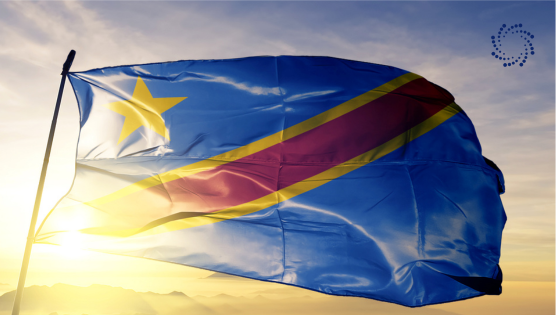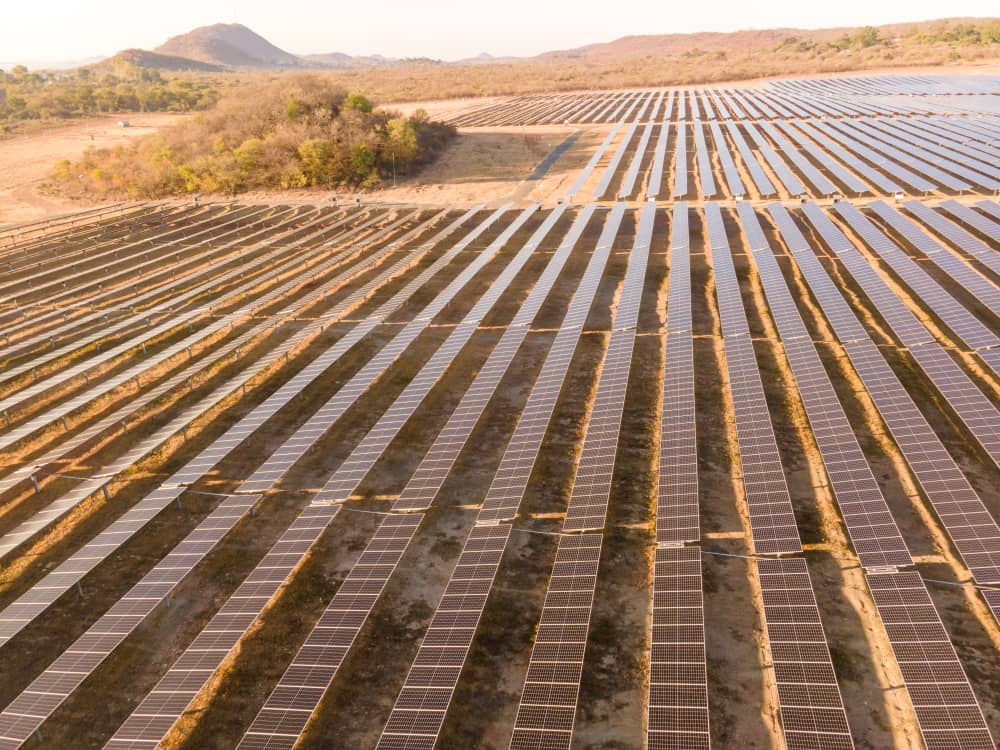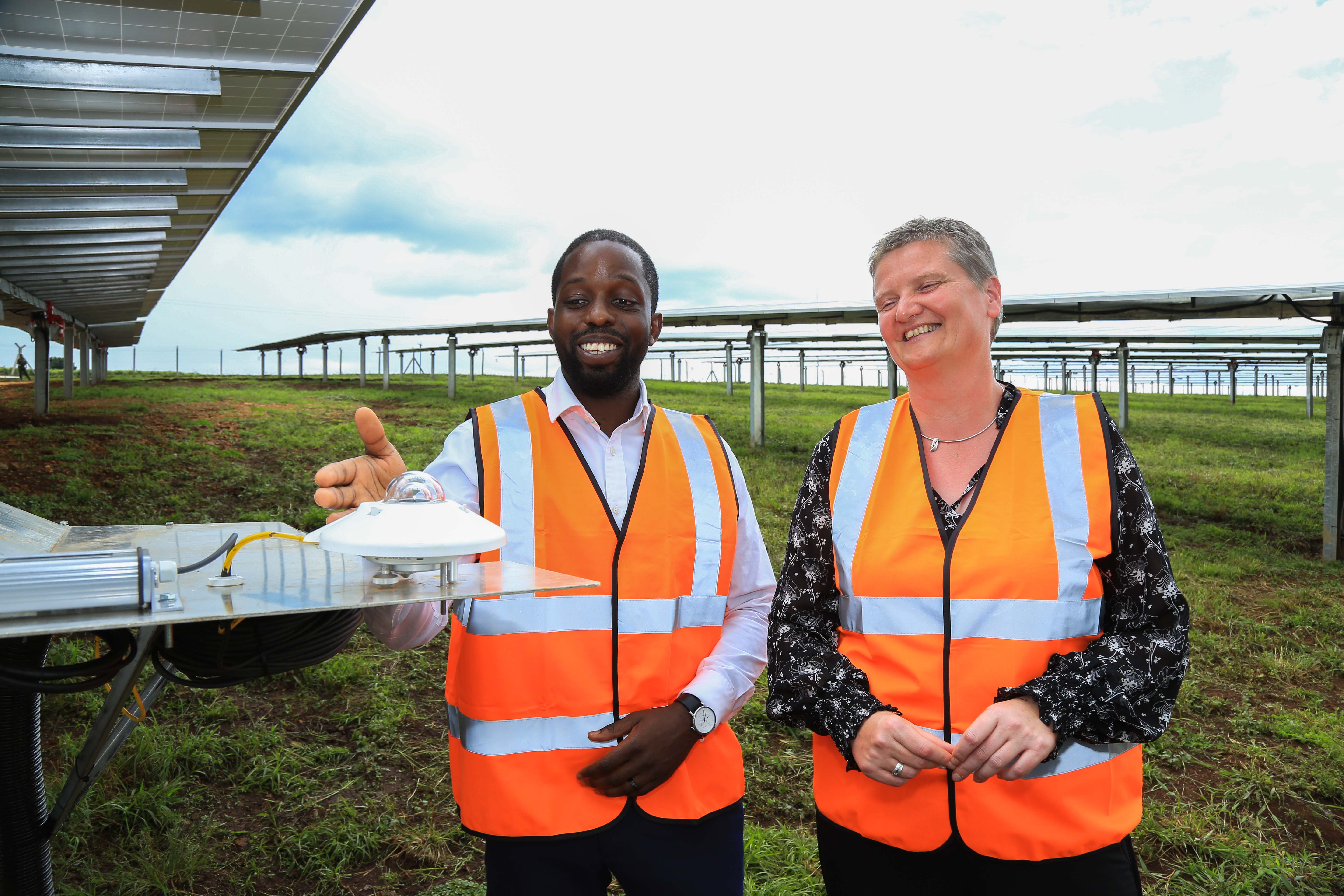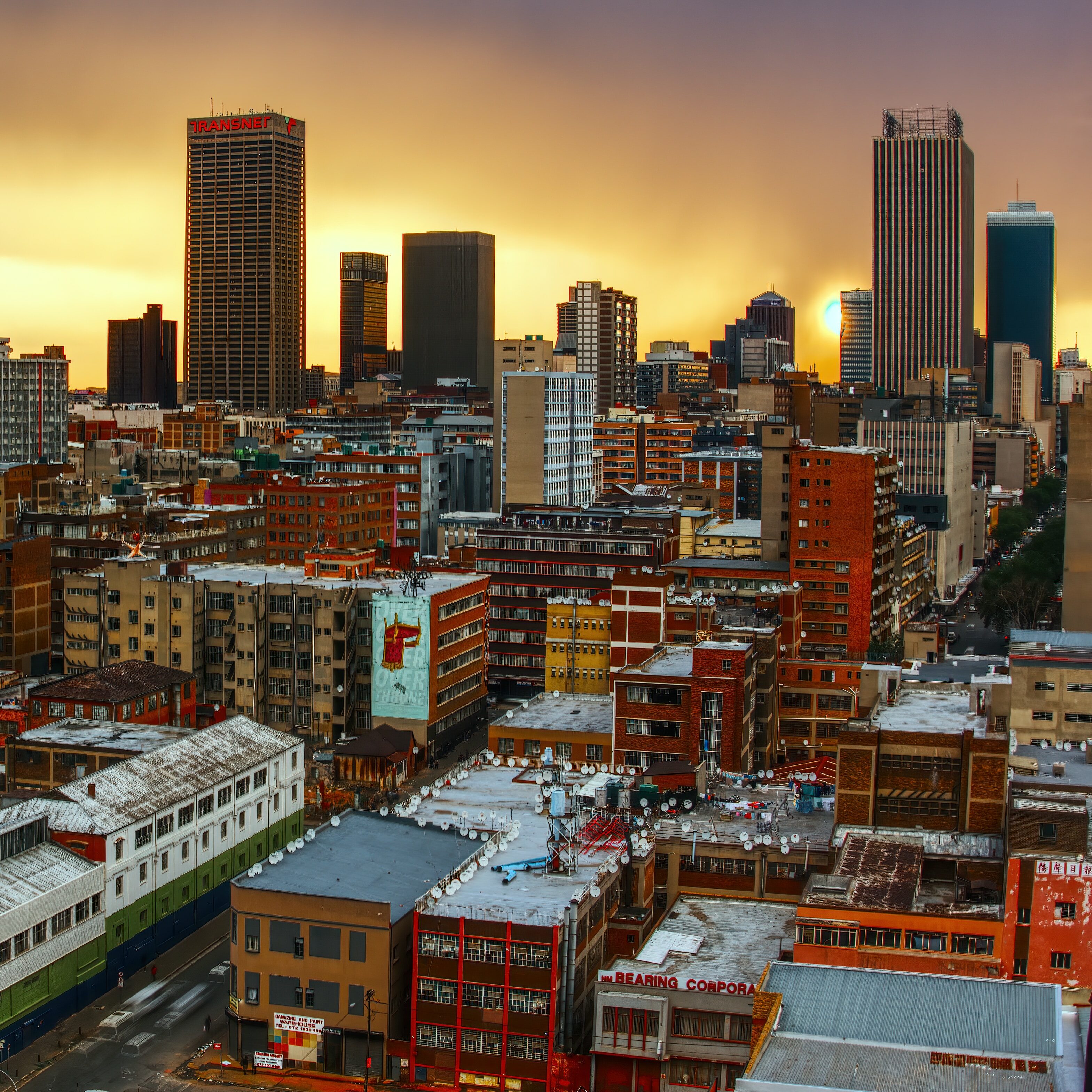
Distributed Energy Resources regulation market highlight: Democratic Republic of the Congo
In our white paper on Distributed Energy Resources (DERs) Regulatory Building Blocks, we examined the regulatory treatment of DERs in Africa and categorized markets based on their level of DER integration into previously centralized energy systems.
CrossBoundary Energy’s direct experience in developing DER projects for private off-takers across Africa informed the white paper. As we continue to explore the enabling environment of different jurisdictions as part of our origination and project development efforts, be posting a few country spotlights that were not included in the White Paper. These blogs will highlight features of the DER regulatory framework in different countries according to the market stages we set out in the White paper (centralized control, cautious co-existence, directed benefits, and early market management).
We’re kicking off the series with the Democratic Republic of the Congo (the DRC).
DER regulations country profile: the DRC
Background
- The DRC is the second-largest country in Africa and the largest in sub-Saharan Africa
- The DRC is endowed with significant natural resources which support a vast mining sector. 70% of global cobalt produced comes from the DRC
- The country is among the least electrified in the world, with only 19% of the population with access to electricity. For those that are connected, the DRC utility Société Nationale d’Electricité (SNEL), struggles with poor financial and technical performance
The DRC needs DERs: the mining and heavy industrial sectors cannot rely on the state utility alone, and many are far from the grid and remain completely unconnected. In response, businesses have turned to more polluting and expensive alternatives, such as onsite diesel generation, to meet their energy needs. There is a significant opportunity for renewable energy to drive green industrialization in the DRC, but does its regulatory framework allow it?
The DRC has many of the building blocks for a functioning DER sector thanks to the work of the regulator, Autorité de Régulation du Secteur de l’électricité (ARE):
Indicators of the right building blocks for a functioning DER sector in DRC
- Primary Legislation in place – Law No.14/011 (Electricity Sector)
- Licenses governing activities – ARE has various licenses covering different activities within the sector, including production (generation) and marketing (the sale of electricity). Different approvals are required depending on the capacity of the generation
- Eligibility – offtakers must secure eligible customer status from ARE
- Contractual flexibility – DER providers can contract through a lease or a Power Purchase Agreement (PPA)
Following our analysis of the existing regulatory frameworks, we suggest that the DRC fits best into Stage 1, “cautious co-existence”, as set out in our White Paper. The DRC has a relatively advanced framework in place for power provision. Many African countries lack such a framework and do not allow third-party power providers to sell electricity. However, there are still regulatory improvements the DRC could make to drive further investment into DERs.
DRC’s DER regulation uncertainties
- Despite ARE establishing a clear licensing process, some of the steps are opaque. For example, the final stage of an electricity production license is approval from the Provincial Governor, who has absolute authority to either grant or deny the development of a DER project within their province
- All DER activities in the DRC are regulated, and each requires separate licenses. This places a significant licensing burden on developers, who are required to secure a production, marketing, and eligible consumer license before producing power in the DRC
- Whilst the statutory timelines to secure the licenses are reasonable, experience from other markets shows that delays in project development are likely when DER suppliers need to secure many different permits and approvals from multiple authorities
- There is concern within the market about whether captive DER projects have successfully navigated ARE’s licensing regime, given these projects do not involve the state-owned utility, SNEL
Summary
The DRC, at least on paper, has a clear regulatory framework for DERs. As a capable and credible regulator, ARE has established clear rules for different activities within the sector, and application requirements and eligibility criteria are clearly set out. ARE has been willing to engage with developers as they explore the regulatory environment in the DRC, illustrating their intention to attract private investment into the DRC’s energy sector.
Despite this, contemporaries in the market have queried whether private PPAs not involving the national utility SNEL are deliverable. The licensing process is complex and requires multiple approvals, including through the relevant Provincial Governor.
Based on our White Paper regulatory stages, we place the DRC in Stage 1: cautious co-existence. Whilst the regulatory framework is in place, there are barriers to its deliverability. To move to the next stage and unlock the benefits of DERs for the DRC’s significant mining and industrial sectors, the regulator could take several steps: streamline the licensing process, consolidate the number of licenses required and showcase successfully licensed DER projects to increase investor confidence.



